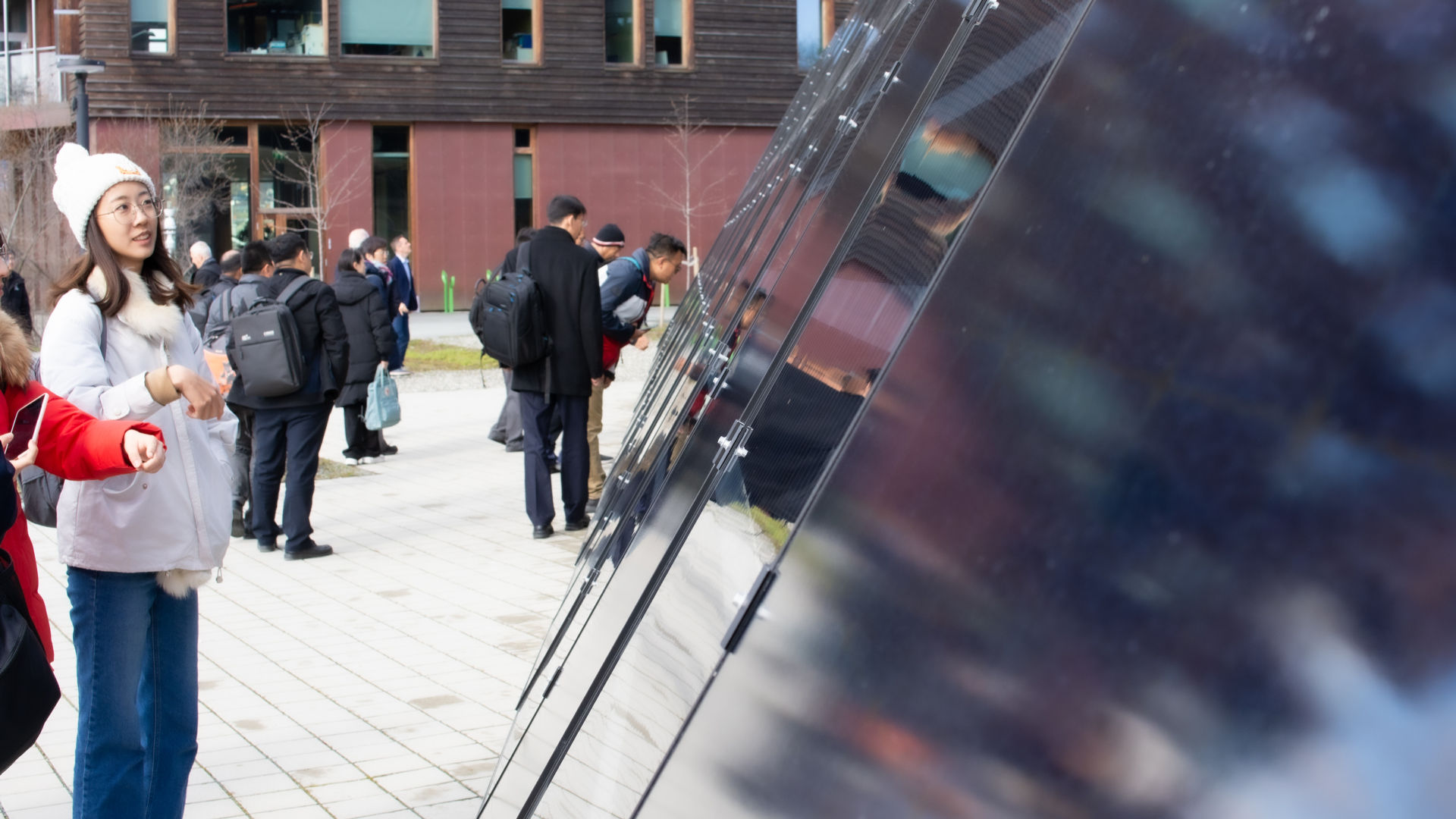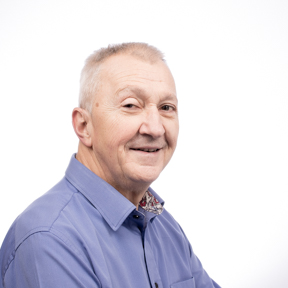Collaboration between Chinese and Norwegian researchers has yielded valuable insights, including the utilization of ground source heat pumps in Scandinavia and beyond.
The main objective of the ChiNoZEN project is to contribute to a significant increase in the proportion of environmentally friendly buildings and neighborhoods. This will be achieved through collaboration between Chinese and Norwegian researchers, that has already led to several joint publications.
The project will deliver new knowledge, solutions, and innovative technologies for climate-friendly buildings and areas. The main outcome of the ChiNoZEN project is a combined cooling, heating, and power generation system that can meet the needs of low-carbon buildings and areas by harnessing available renewable energy sources nearby.
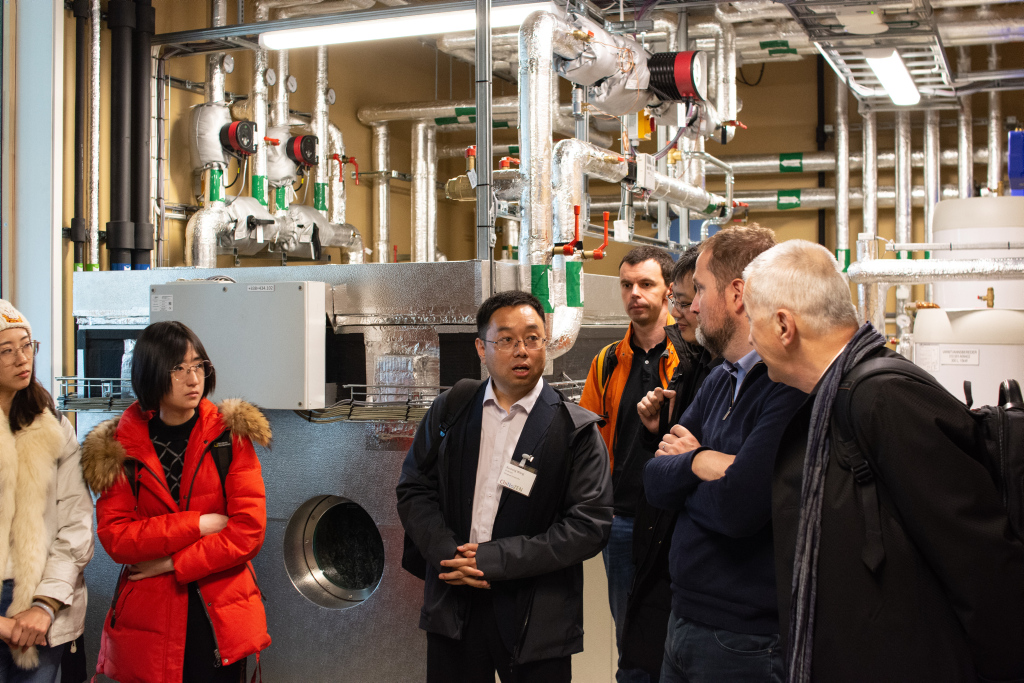
Utilization of ground source heat pumps in Scandinavia and beyond
A recent paper [1] in the project investigates the use of solar PVT to support ground source heat pumps in Scandinavia. Due to the cold climate of Norway, the energy demand of buildings is dominated by the heating load. When the need for space-heating is the highest, the outdoor temperature is relatively low. Therefore, the outdoor temperature is not an ideal heat source for a heat pump. On the contrary, the ground has stable temperature throughout the year so that it is a better source for heat pumps.
However, the use of the ground as a source comes with the additional cost for the drilling and installation of the boreholes. In addition, in urban areas, the space to drill these boreholes is not always available. In this context, PVT panels are considered to produce electricity and to simultaneously use the heat generated to make the borehole shorter and more compact, to reduce cost and space.
First in-person Symposium for three days in May
Over the course of 2.5 years, the ChiNoZen project have had 8 digital meetings with approximately 100 participants in each meeting. In addition, we have had numerous digital meetings within the project management and in the different work packages. Digital collaboration has worked flawlessly, but it’s a completely different experience when colleagues can meet and talk face-to-face.
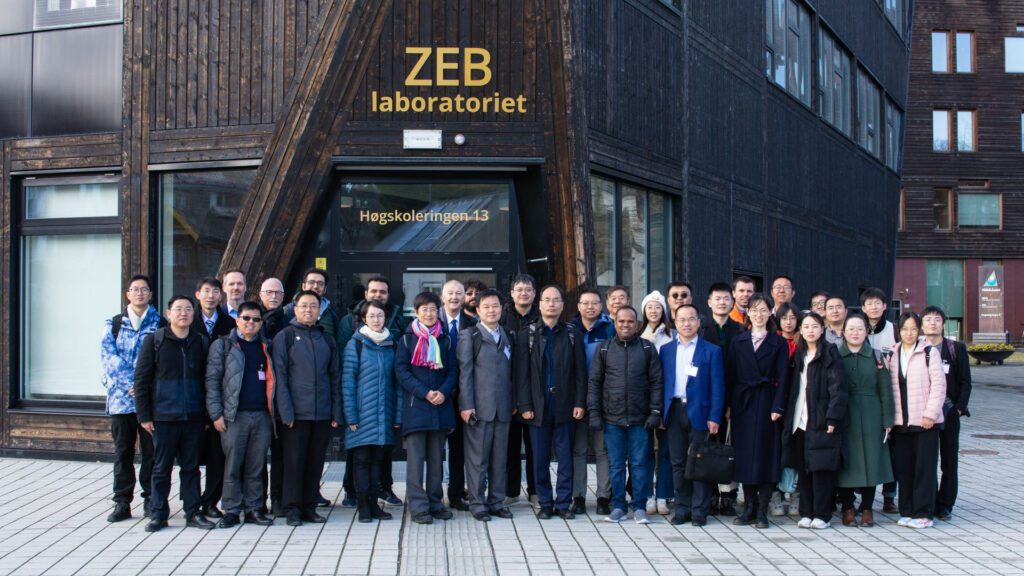
See more photos from the ChiNoZen symposium here
References
[1] “Performance Analysis of Hybrid Ground Source Heat Pump and PVT System for Nordic Climate” by Mohammad Liravi, Carsten Wemhoener, Yanjun Dai, Laurent Georges. 14th IEA Heat Pump Conference 15-18 May 2023, Chicago, Illinois
About the author
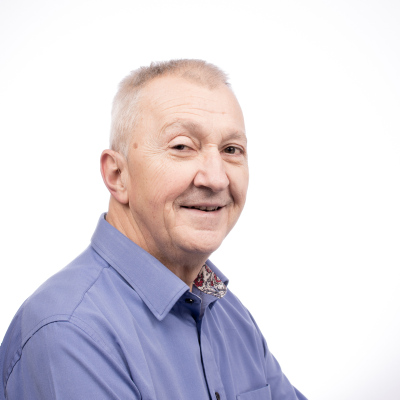
Vojislav Novakovic is Professor at NTNU – Department of Energy and Process Engineering, and the project leader of the Norwegian part of the ChiNoZEN project

